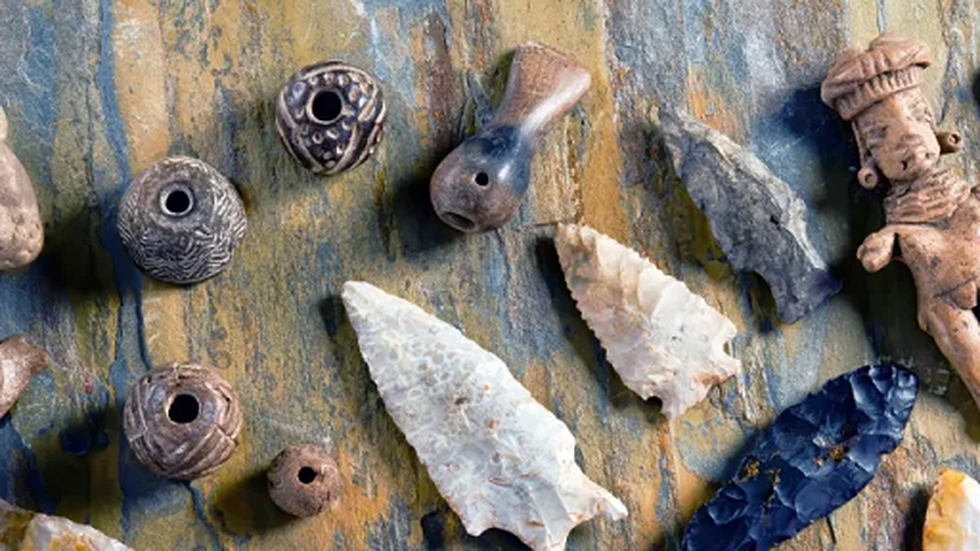Sambalpur: An Archaeological Survey of India (ASI) team has visited Barpali area in Bargarh district to decide on taking over the excavation carried out by the Gangadhar Meher University (GMU). Artefacts of post-Mauryan period, believed to be of Asurgarh settlement, were recovered during the excavation conducted by the History department of the GMU earlier this year. Union Education Minister, Dharmendra Pradhan, had June 18 written to the Union Minister of Tourism, Culture and Development of North Eastern Region, Dr G Kishan Reddy, seeking his intervention in giving direction to the ASI to take over the excavation of the site.
According to officials of the GMU, the History department of the university had selected the spot for archaeological spadework in June this year to ascertain the cultural sequencing of the site. Cultural sequencing is a relative dating method in which artefacts from numerous sites in the same culture are placed in chronological order. The excavation undertaken by the university unearthed 2,000-year-old c dating back to the post-Mauryan period, from the site, the officials said. During excavations, ancient artefacts like coins, seals, iron weapons, fragmented terracotta figurines, black slipped ware (BSW), and red slipped ware (RSW) were retrieved from the site. Large number of knobbed ware pottery, indicative of early urbanisation and trade and commerce, were also found recovered. The excavation also yielded iron smelting hearth.
Other important antiquities like saddle querns, arrowheads, fragmented crucible, microlithics, polished stones, beads of semi-precious stones were also found. Superintending Archaeologist, Excavation Branch-4, Bhubaneswar, Dr Susant Kumar Kar, said “We inspected the site Thursday. Rainfall has caused growth of vegetation there. We will visit the area again during summer for our next course of action.”
